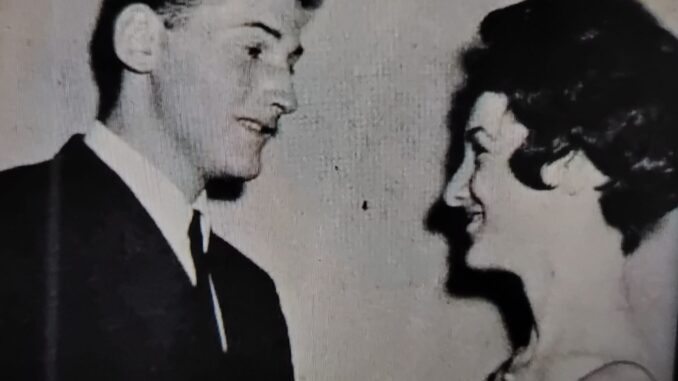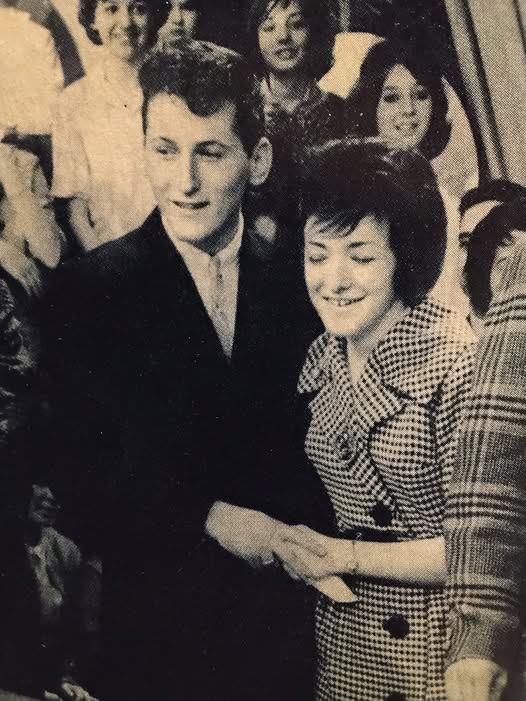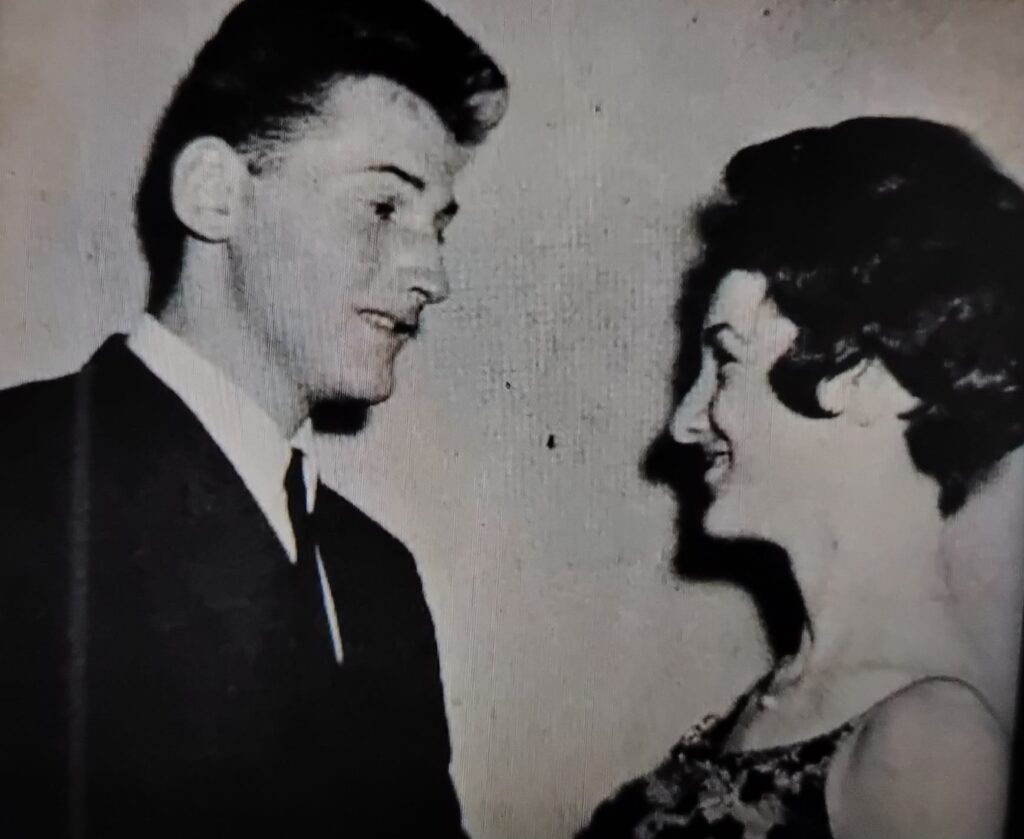
For those who grew up with American Bandstand during its early Philadelphia years, the name Joyce Shafer and Norman Kerr stirs a flood of memories. They weren’t just two teenagers dancing on television—they were the heart of the Bandstand dance floor. In an era before influencers and viral videos, Joyce and Norman became icons to a generation of teens, not because they chased fame, but because they danced with sincerity, style, and the kind of youthful joy that defined the show.
In this tribute, we look back on the legacy of this unforgettable duo—two young Philadelphians who became the face of a national phenomenon, simply by showing up and being themselves.
From Local Teens to Living Room Regulars
Joyce Shafer and Norman Kerr were both Philadelphia natives and high school students when they first stepped onto the Bandstand dance floor. It wasn’t long before their chemistry and charisma captured the attention of both the camera and the viewing audience.
What made them stand out wasn’t just their synchronized dance steps—it was their natural ease with one another. They moved as if they had been dancing together their whole lives. Whether it was a jitterbug, a slow dance, or the latest teenage craze, Joyce and Norman brought an energy that lit up the studio and translated effortlessly across black-and-white television screens.
The Look of the Times
Joyce was known for her polished appearance—immaculately styled hair, pressed skirts, and graceful posture. Norman, always composed and clean-cut, exuded a quiet confidence that made him the ideal dance partner. Together, they looked like the all-American teenage dream. Their style set trends: teens across the country mimicked Joyce’s swing skirts and Norman’s slicked-back hair.
But beyond the surface, it was their rhythm that mattered. They didn’t just move to the beat—they felt it. They interpreted each song with emotion and personality, often becoming the visual embodiment of the music. When they danced, you didn’t just watch—you felt what the music was saying.
Fan Favorites
By the mid-1950s, Joyce and Norman were well-known among the Bandstand faithful. Letters from fans poured in, requesting more screen time for the pair. Some viewers even tuned in just to see what songs they’d dance to that day. To many teens, they weren’t just dancers—they were role models.
What made their popularity even more impressive was their humility. Neither sought the spotlight. They danced because they loved it. And in a media world still taking its first steps into the youth market, that authenticity was magnetic.
Their popularity extended beyond the screen. When they attended local events, sock hops, or school dances, they were often asked to perform. Fellow students admired them not just for their talent but for their kindness. There were no egos—just two kids who happened to be very, very good at what they loved.
Moments That Defined an Era
There are countless clips and memories of Joyce and Norman that have lingered in the minds of viewers for over half a century. One of the most remembered performances featured them dancing to Buddy Holly’s “Peggy Sue,” a moment many fans recall as pure Bandstand magic. Their footwork was crisp, their timing flawless, and their smiles told a story all their own.
It’s easy to forget, in the age of replays and social media, how fleeting TV moments were in the 1950s. There was no rewind. If you missed the broadcast, you missed the magic. But somehow, Joyce and Norman’s performances stayed with people—lodged in memory like the hook of a favorite song.
Life Beyond the Dance Floor
As American Bandstand moved to Los Angeles and shifted into its national celebrity-driven phase, many of the original Philly regulars, including Joyce and Norman, chose to stay behind. They faded from the screen, but never from the hearts of those who remembered.
Their post-Bandstand lives were quieter, lived away from the spotlight, and that in itself is telling. They didn’t use their fame to chase careers in showbiz or endorsements. They returned to being regular people—students, workers, family members. But wherever they went, the glow of their time on Bandstand followed them.
Reunions in later years showed that their connection never truly faded. Fans continued to ask about them, and those lucky enough to meet them spoke of their warmth and generosity.
Why We Still Remember
So what was it about Joyce Shafer and Norman Kerr that left such a lasting impact?
Part of it was timing. They were there at the start—when Bandstand was still raw, authentic, and rooted in community. They represented a moment when TV was just beginning to reflect teenage life, and they did so with grace and joy.
Another part was their relatability. They weren’t actors, they weren’t polished stars—they were teens, just like the millions watching. And when they danced, they gave permission for everyone else to feel a little freer, a little more joyful, and a little more seen.
But most of all, we remember them because they reminded us what the best of American Bandstand stood for: community, rhythm, and the unfiltered beauty of youth. In every spin, every swing, every step, they were telling the story of a generation coming into its own.
Did you watch Joyce and Norman dance on American Bandstand? Or maybe you shared a dance floor with them at a local event? We’d love to hear your story.
Share your story with us here:



